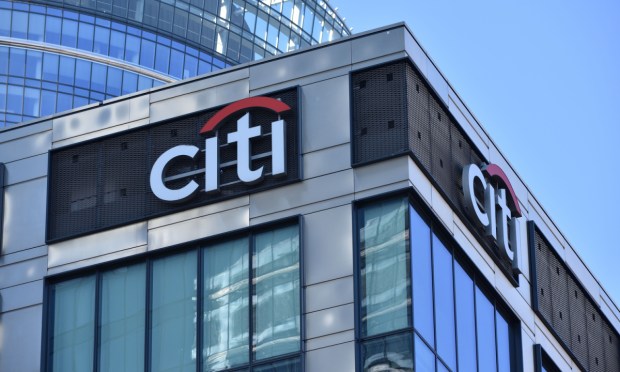Citigroup Sees 11% Jump in Revenue From US Personal Banking

Citigroup has reported an 11% jump in revenue from United States personal banking in the second quarter of the year.
Customers are borrowing more and the lender is reaping the gains, Bloomberg reported Friday (July 14).
The jump in revenue for the world’s second-largest credit card issuer was due to higher interest rates and larger card balances, according to the report. Those gains outweighed a 78% increase in consumer loan write-offs.
“Amid a challenging macroeconomic backdrop, we continued to see the benefits of our diversified business model,” Citigroup CEO Jane Fraser said in a press release. She added that the bank’s “cards businesses had double-digit growth due to strong engagement.”
Additionally, the firm’s credit costs soared 43% to $1.8 billion, fueled by write-offs as some cardholders fell behind, according to the report.
The bank’s expenses also jumped 9% to $13.6 billion in the quarter, boosted by severance costs for eliminating about 1,600 jobs, including investment bankers and traders, the report said.
In addition, the firm’s treasury and trade solutions division saw revenue jump 15% to $3.5 billion, per the report.
Interest income and fees from handling corporations’ cash pushed the results higher, according to the report. Balances on Citi’s U.S. credit cards swelled to $149 billion from a year earlier.
Citigroup, like other banks, endured a slump in investment banking in the quarter, per the report. Revenue from those operations shrank 24% to $612 million.
These second-quarter results follow a first quarter in which Citi’s credit card spend volumes surged by 9% to $116 billion on branded cards and the net credit loss as a percentage of those branded cards stood at 2.2%, up from 1.5% a year earlier.
As PYMNTS reported Wednesday (July 12), consumers continue to wield their cards in full force and do so over digital channels.
PYMNTS research has found that only 45% of consumers pay their credit card balances in full, month after month, which in turn means that the majority of consumers still carry a balance.
The average balance is more than $4,500, according to “New Reality Check: The Paycheck-to-Paycheck Report: The Generational Deep Dive Edition,” a PYMNTS and LendingClub collaboration.
The report also found that, among the different generations of survey respondents, boomers and seniors carry the highest average balances, at more than $5,100.

